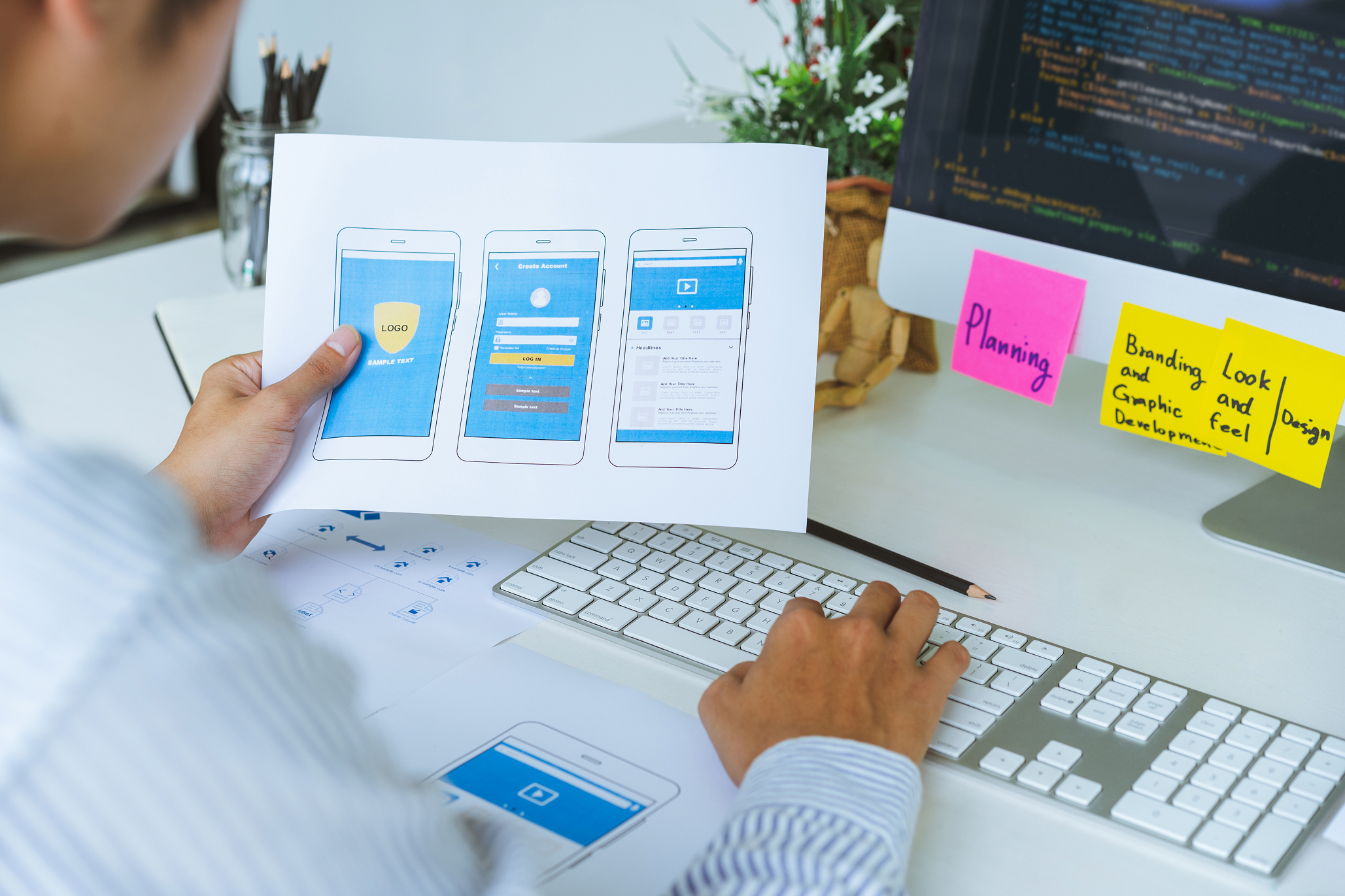App development is a complete process in which an idea is converted into a functional digital product. It includes market research, UI design, coding, testing and post-launch maintenance. But what is app development really about? Just writing code does not make an app. It is important to create solutions that are useful to the user, be it on mobile, desktop or web. Software is successful only when it is useful to those who use it.
As businesses and people are relying more on apps—be it communication, shopping, learning or productivity—the demand for reliable apps is growing every day. In this blog, we will see what is app development, what are its categories, and understand the step-by-step app development process from idea validation to the app maintainance.
Key Takeaways
- App development covers the full cycle of digital apps for every platform—from design to support.
- It enhances your brand visibility, simplifies internal work, and actively engages customers.
- There are many types of apps—mobile apps, web-based solutions, database apps, enterprise-level tools, and custom apps.
- If you know the steps of application development, better planning and cost control are possible.
What is App Development?
The basic meaning of app development is to create software that serves a specific purpose of the users – whether it runs on a smartphone, desktop, or in a web browser.
When people ask what is app development, most people think only about mobile apps. But it also covers web apps, business tools and internal solutions of the enterprise. An idea becomes a working app when developers apply code, tools, and APIs, ready for users to download or use online instantly.
What are the Benefits of Developing Applications?
Improved Customer Engagement
Businesses can connect with users directly through the app, whether it's through push messages, displaying custom dashboards, or providing instant service.
Enhanced Branding
Unlike standard websites, a custom application stays on the user’s screen and delivers a user experience designed specifically for your brand.
High Efficiency
By streamlining internal processes or automating customer interactions, apps reduce manual work and increase productivity.
Data Collection and Analysis
Apps give businesses the advantage of being able to track user activity and get feedback without any hassle. Real—time insights also help make decisions quickly and correctly.
Types of App Development
Rapid Application Development
This method prioritizes speed. Low-code tools and modular components speed up the development process—developers get a working app in less time.
Custom Application Development
Here, the app is built from scratch as per the requirements of the business, thereby providing full control.
Database Application Development
These apps manage data on a large scale, where users can easily view, change, or update the data without any hassle.
Enterprise Application Development
Designed for internal use, enterprise apps handle HR, logistics, project management, or other large-scale organizational needs.
Web Application Development
Web apps function inside browsers and can be accessed without installation. They're cost-effective and often responsive across devices.
Citizen Application Development
Simple tools with visual interfaces allow non-developers to build apps for everyday business processes without writing code.
Mobile Application Development
This type of development is about creating apps specifically for handheld devices. For companies aiming to engage mobile-first users, understanding ‘what is mobile application development is essential.
App Development Process
Understanding the ‘mobile app development steps’ or general app development flow is crucial to creating reliable software. Here’s how professionals at Amartam structure the process:
Step 1: Ideation & Research
The project always starts with a concept. The team initially understands the market need, pinpoints the problem, and defines how the app will help.
Step 2: Planning & Wireframing
Here, the screens of the app are planned, features are finalized and wireframes are created which presents the complete logical flow of the app.
Step 3: UI/UX Design
At this point of mobile app design and development, designers ensure that the app's layout is so clean and intuitive, allowing users to easily interact without any guidance - with a completely natural feel.
Step 4: Development
In this step, the design is transformed into reality—developers use the right mobile app development technologies like Swift, Kotlin or React Native to create fully functional apps for the target platform.
Step 5: Testing & QA
The app undergoes rigorous testing before release—glitches are fixed, speed is optimized, and it is ensured that the app works smoothly across all platforms.
Step 6: Deployment
Depending on the audience, the app is made available through Google Play, the Apple App Store, or deployed online for browser access.
Step 7: Maintenance & Updates
The work doesn't end after launch. Teams monitors the app, fixes bugs, releases updates, and actively responds to user feedback.
Conclusion
So, finally, what is app development – it is an organized process where an idea is transformed into a functional software through research, wireframing, development and launch, which is useful for the users. Whether your goal is to build mobile apps, data-driven systems, or enterprise-grade platforms, each type of development serves a vital purpose in today’s digital world.
At Amartam, a trusted software development company, we align technology with your business objectives to build apps that deliver real value. Be it mobile application development, web-based systems, or complete software offerings, we deliver with a sharp focus on speed, growth, and usability.
Have a concept you’d like to bring to life? Let’s talk and create an app that supports your growth and delivers impact from day one.







